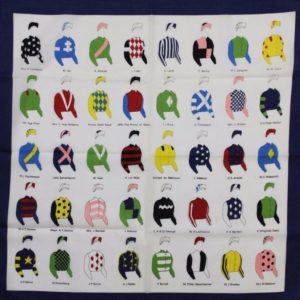Who was the first female jockey to ride in the Grand National?
The first female jockey to ride in the Grand National was 21-year-old Charlotte Brew who, in 1977, partnered her own horse, the 12-year-old Barony Court. A safe, if rather slow, jumper Barony Court had qualified for the National by finishing fourth in the fourth in the Foxhunters’ Open Hunters’ Chase, over the Grand National fences, the previous season. Although her mount was an apparent no-hoper, the significance of her participation in the celebrated steeplechase, following the enactment of the Sex Discrimination Act 1975, made Brew front-page news beforehand.
Set off at 200/1, Barony Court was still standing at the fourth-last fence, where he refused, not once, but four times, before Brew finally gave up. Unfortunately, after the race, Charlotte Brew and Barony Court were rather overshadowed by Tommy Carberry and Red Rum, who beat Churchtown Boy by 25 lengths to record his historic third win in the National, after his previous victories in 1973 and 1974. In fact, as Red Rum was being led towards the winners’ enclosure, Brew was spotted by Sir Peter O’Sullevan, in the vicinity of the Melling Road, hacking Barony Court back towards the grandstands.
 They help identify each horse in a race, the owner choosing their design such as shapes and colours. This consists of a top and cap. The cap may be a different colour and design from the top.
They help identify each horse in a race, the owner choosing their design such as shapes and colours. This consists of a top and cap. The cap may be a different colour and design from the top.